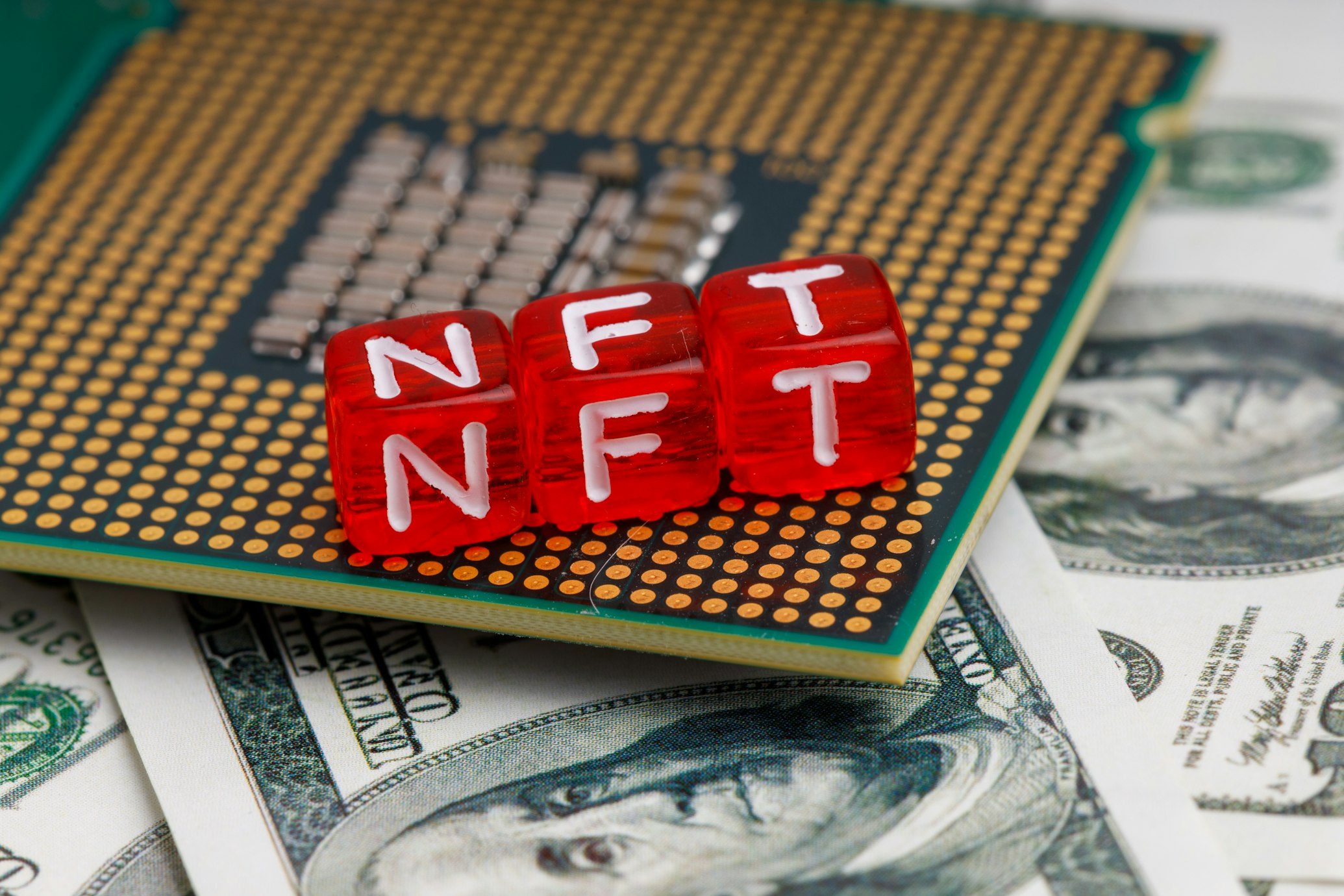In a world where digital content is king, non-fungible tokens, or NFTs, have emerged as game-changers, revolutionizing how we think about ownership, authenticity, and value in the digital realm. But what exactly are NFTs, and why are they being hailed as the future of digital ownership? Let’s dive in.
What Are NFTs?
At their core, NFTs are unique digital assets verified using blockchain technology. Unlike cryptocurrencies such as Bitcoin or Ethereum, which are interchangeable (or fungible) and have a constant value, each NFT is one-of-a-kind and cannot be replaced with something of equal value. It’s like owning a rare collectible instead of a dollar bill.
NFTs are created through a process known as „minting,“ where a digital file—be it artwork, music, video, or even a tweet—is turned into a blockchain asset. Once minted, the NFT can be bought, sold, or traded, with the blockchain ensuring the ownership record is transparent and unalterable. This technology guarantees the originality and scarcity of the digital asset, making it valuable in a way that digital files have never been before.
The Art World Takes the Plunge

One of the first and most prominent arenas where NFTs have made waves is the art world. Traditionally, artists have struggled to maintain control over the distribution and reproduction of their work in the digital age. NFTs change this by providing a verifiable method of proving ownership and authenticity.
Take Beeple, for example, a digital artist who sold an NFT of his work for a staggering $69 million at a Christie’s auction. This sale not only shocked the art world but also cemented NFTs as a legitimate form of art collection and investment. For artists, this means they can retain more control over their work, ensure they receive royalties from resales, and reach a global audience directly.
Gaming and Virtual Worlds
NFTs are also revolutionizing the gaming industry. In many video games, players can purchase virtual goods like weapons, skins, and characters. However, these items typically remain confined to the game itself. NFTs allow these virtual goods to be owned independently of the game and even traded across different platforms.
For instance, games like „Axie Infinity“ and „CryptoKitties“ have led the charge in integrating NFTs. Players can breed, trade, and battle digital creatures that have real-world monetary value. These in-game assets can sometimes be worth thousands of dollars, giving players a stake in the game’s economy and blurring the lines between gaming and investing.
Music and Entertainment
The music and entertainment industries are also exploring the possibilities of NFTs. Musicians can mint and sell exclusive content, such as songs, albums, concert tickets, and even backstage passes. This offers a new revenue stream and a way to directly engage fans.
For example, the band Kings of Leon released their album „When You See Yourself“ as an NFT, offering a limited edition version with unique perks for buyers. This creative approach allows artists to monetize their work in innovative ways while providing fans with a sense of ownership and exclusivity.
Real Estate and Virtual Property
Another intriguing application of NFTs is in the realm of real estate, both physical and virtual. NFTs can represent ownership of real-world properties, simplifying the transaction process and reducing fraud by providing a transparent and verifiable record.
In the virtual world, platforms like Decentraland and The Sandbox allow users to purchase, develop, and sell parcels of virtual land using NFTs. These digital plots can be used to build virtual experiences, host events, or create digital storefronts, blurring the line between the real and virtual economies.
The Future of Digital Collectibles

Beyond art, gaming, and entertainment, NFTs have opened up new possibilities for digital collectibles. Imagine owning a limited-edition digital baseball card, a rare in-game item, or even a virtual pet. NFTs provide a way to uniquely identify and trade these digital assets, making them highly desirable for collectors.
For example, NBA Top Shot, which sells officially licensed NBA collectible highlights, has gained immense popularity. Fans can buy, sell, and trade these digital moments, creating a dynamic marketplace for sports memorabilia in the digital age.
Challenges and Criticisms
While the potential of NFTs is exciting, they are not without challenges and criticisms. One major concern is the environmental impact of blockchain technology, which requires significant energy consumption. Critics argue that the carbon footprint of minting and trading NFTs is substantial and unsustainable.
Additionally, the speculative nature of the NFT market has led to fears of a bubble. While some have made fortunes, others have lost significant amounts of money investing in NFTs. The market’s volatility raises questions about the long-term stability and value of these digital assets.
The Road Ahead
Despite these challenges, it’s clear that NFTs have carved out a unique niche in the digital landscape. The ability to own, trade, and monetize digital assets in a verifiable way is a powerful concept that has the potential to reshape industries and redefine ownership.
As technology evolves, we may see more sustainable blockchain solutions and regulatory frameworks that address the current challenges. For now, NFTs offer a glimpse into a future where digital ownership is as tangible and meaningful as owning a physical object.
Whether you’re an artist looking to monetize your work, a gamer seeking to invest in virtual assets, or just a curious onlooker, NFTs represent a fascinating intersection of technology, creativity, and economy. The journey has just begun, and the future of digital ownership looks bright and boundless.

